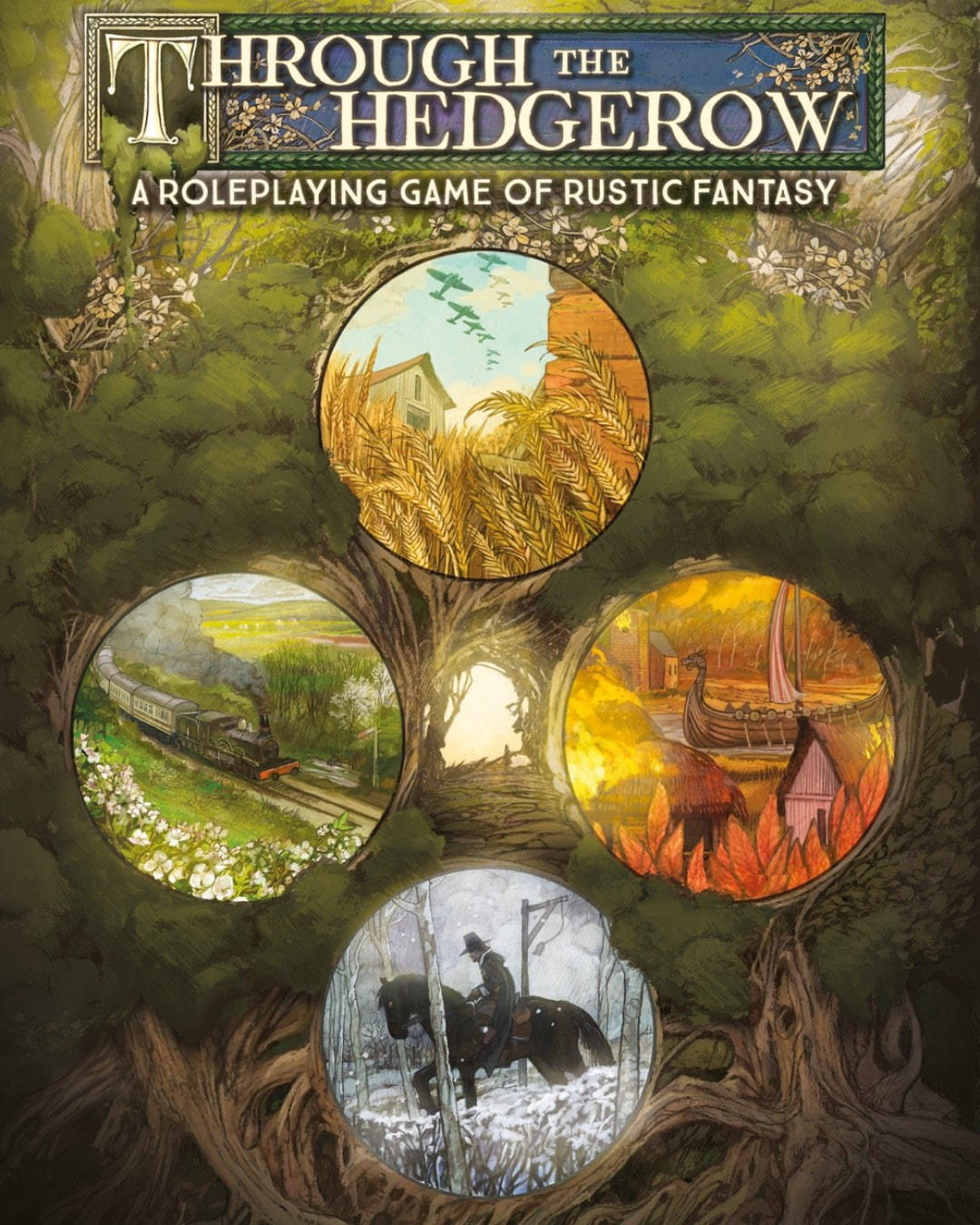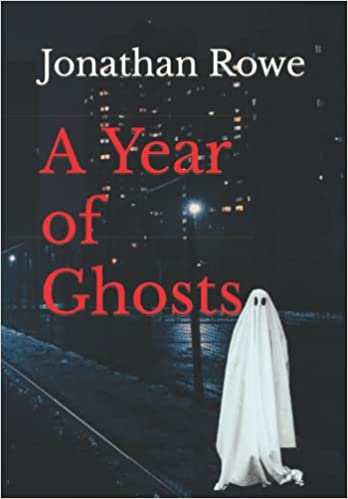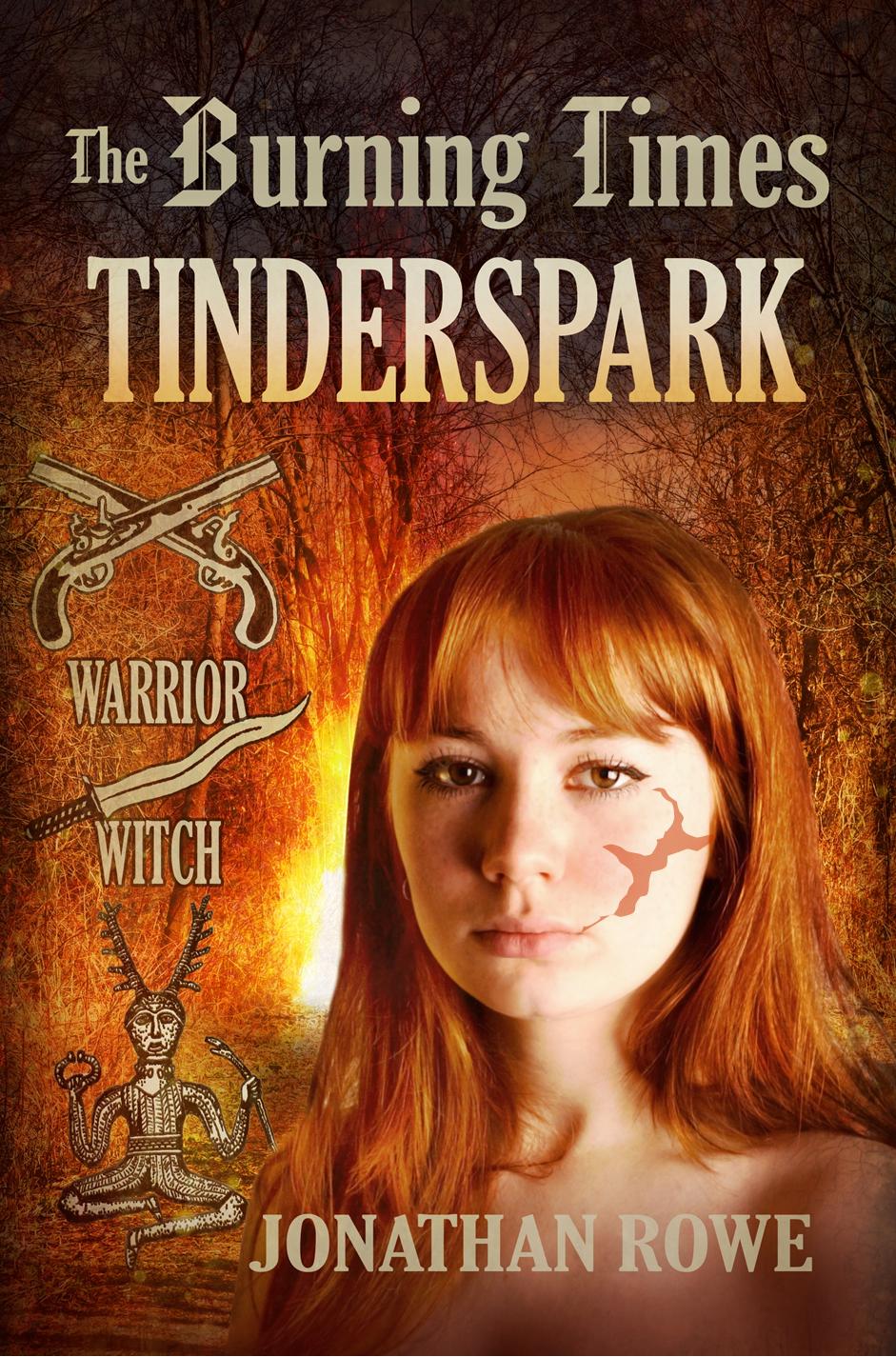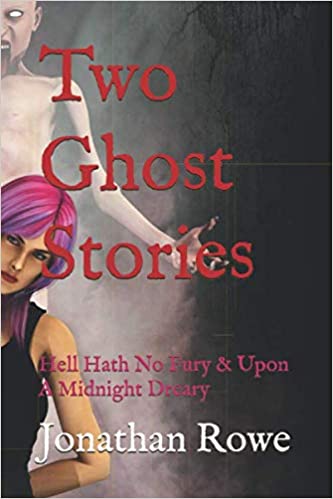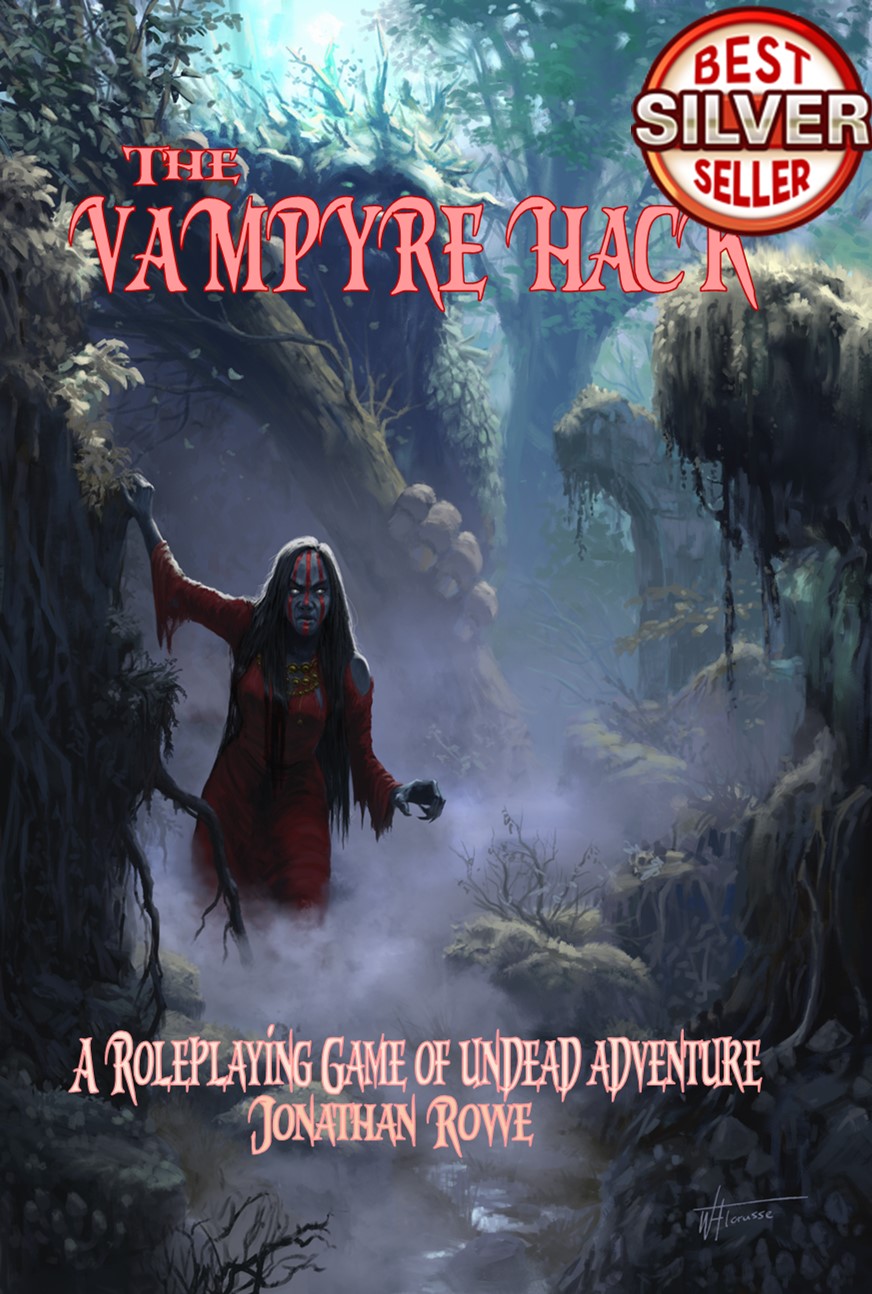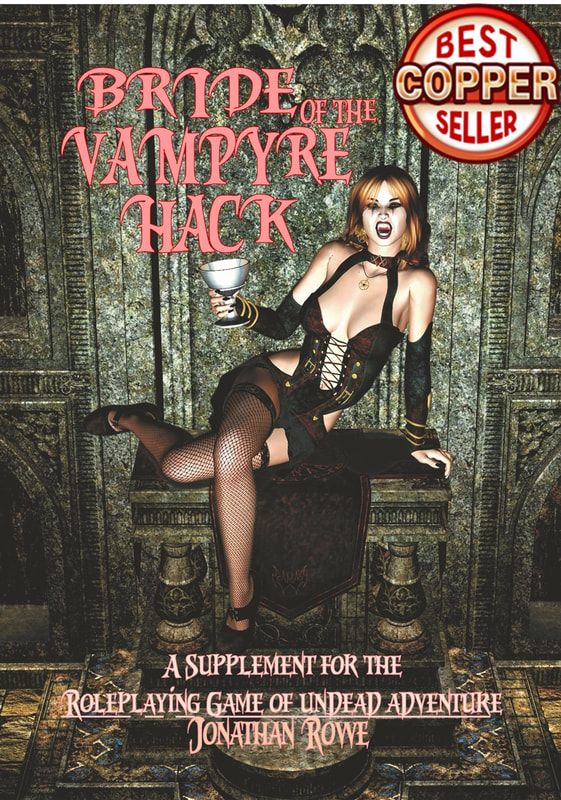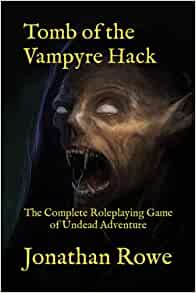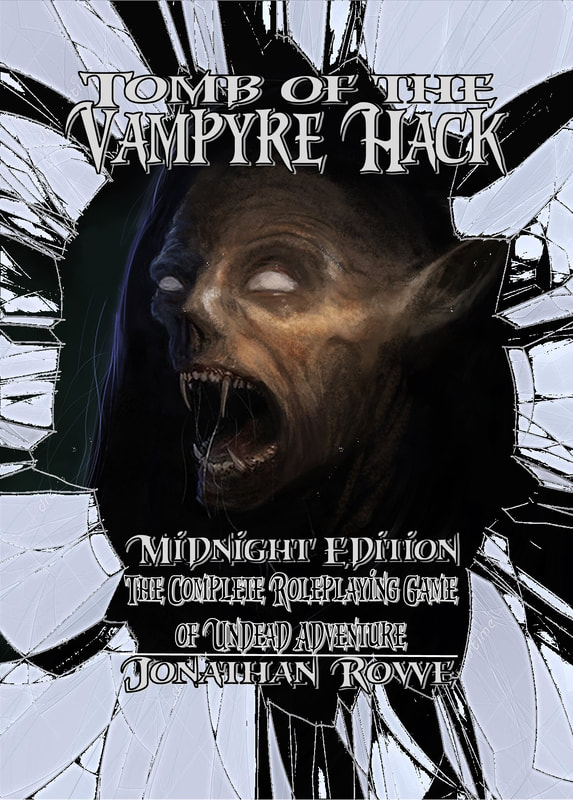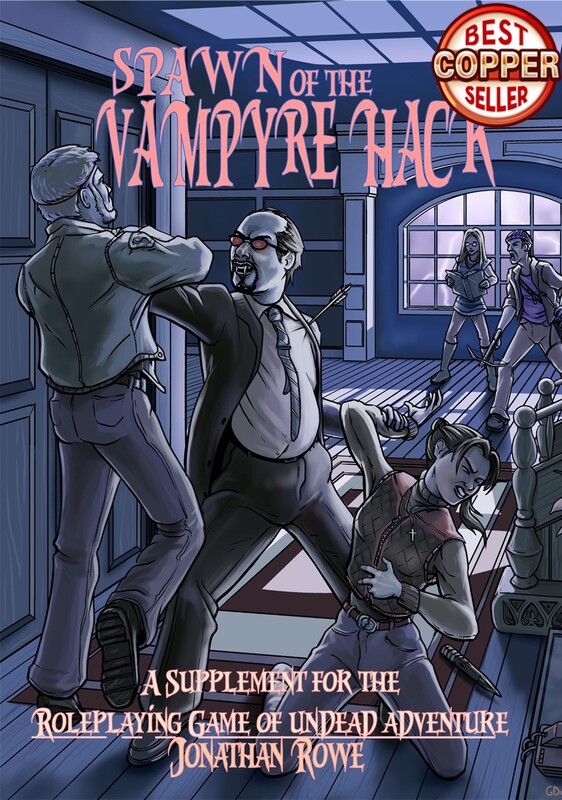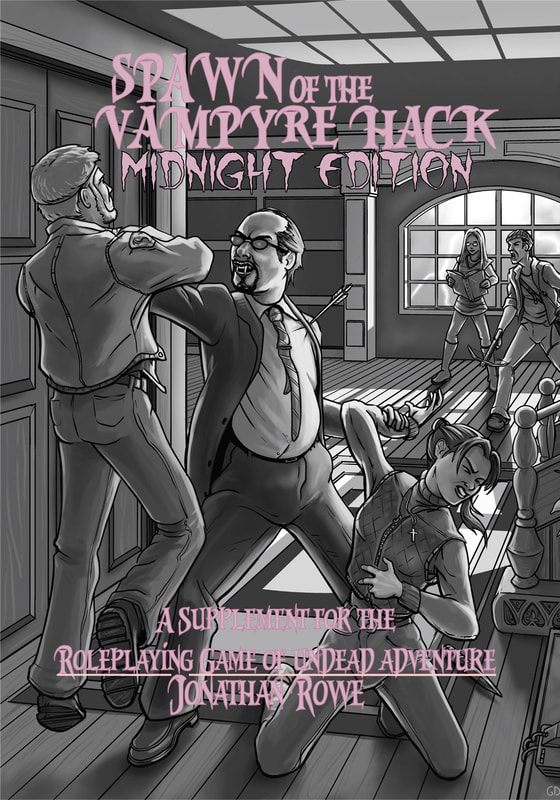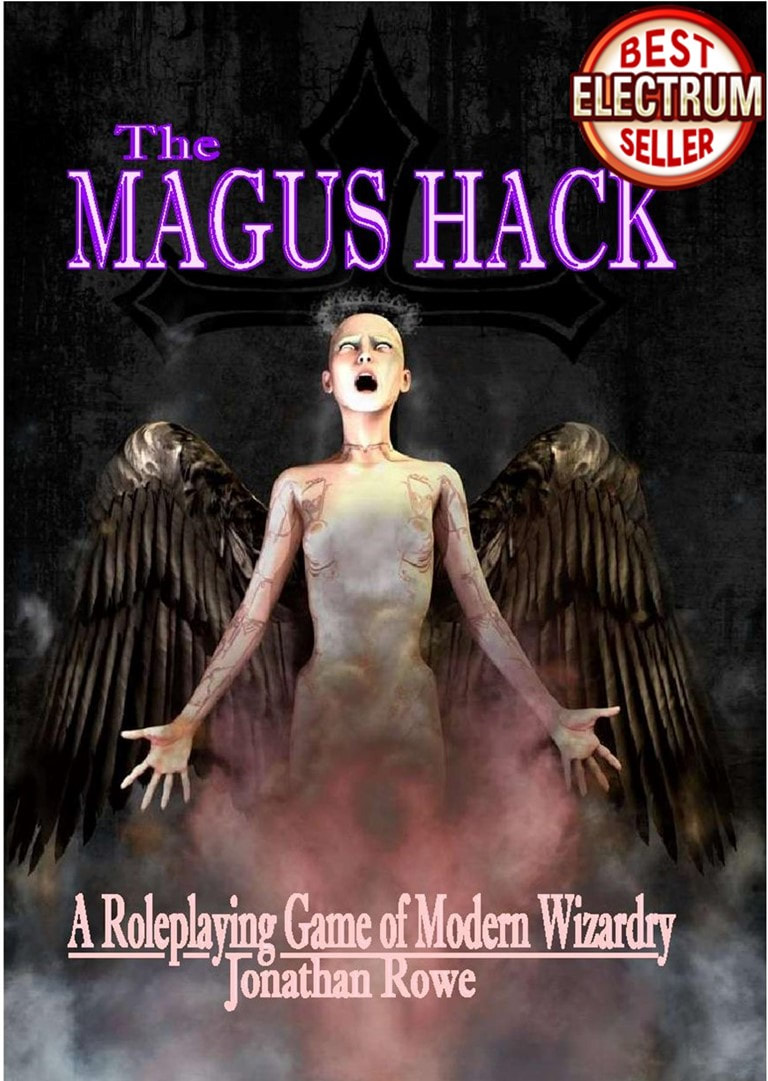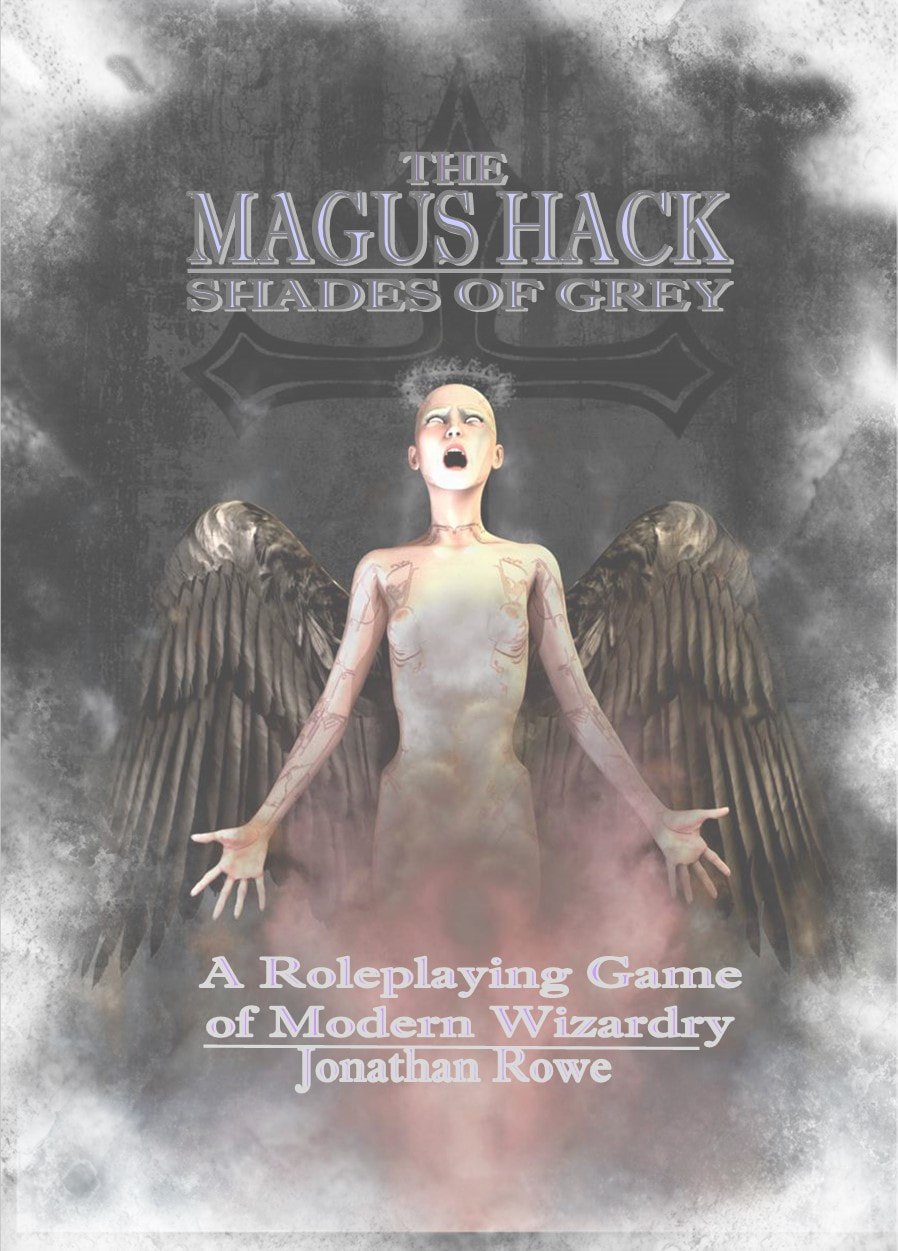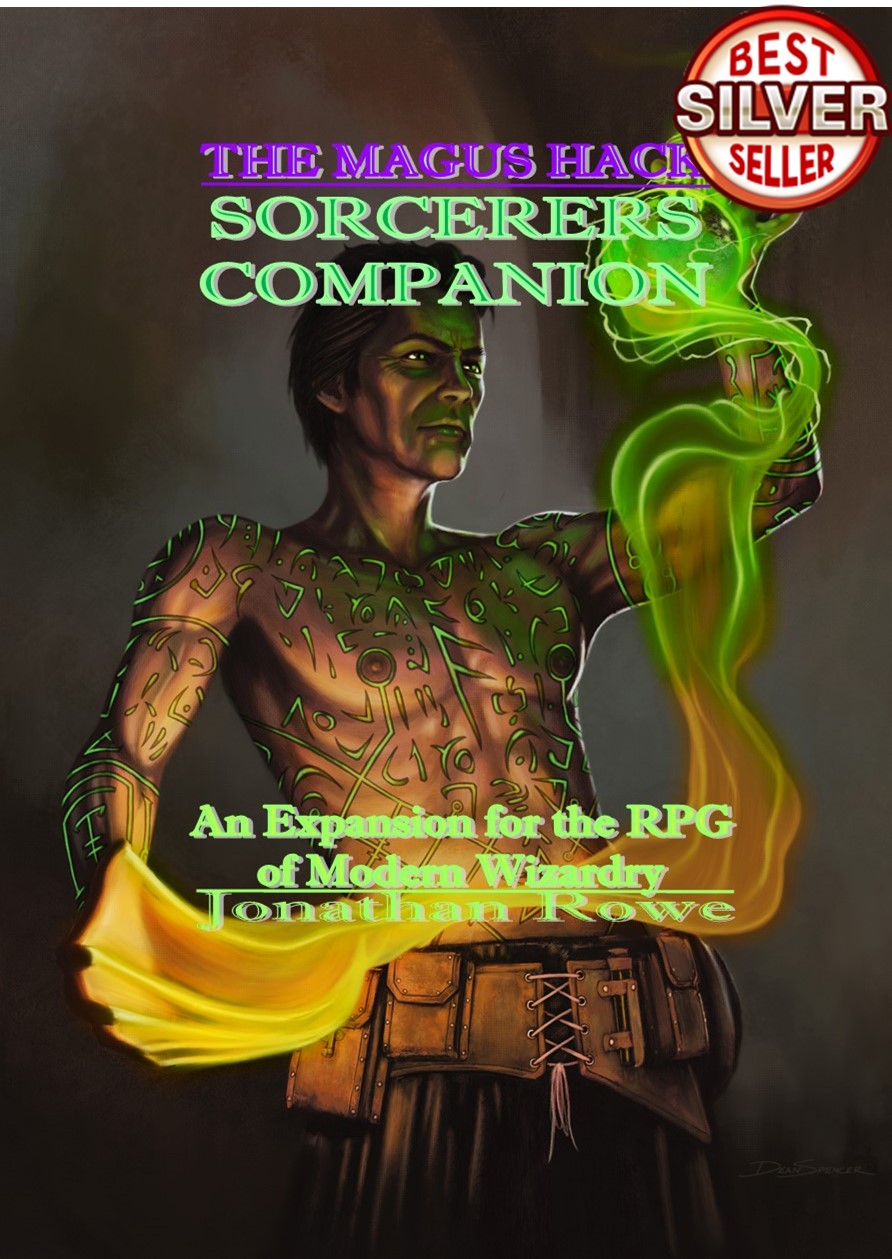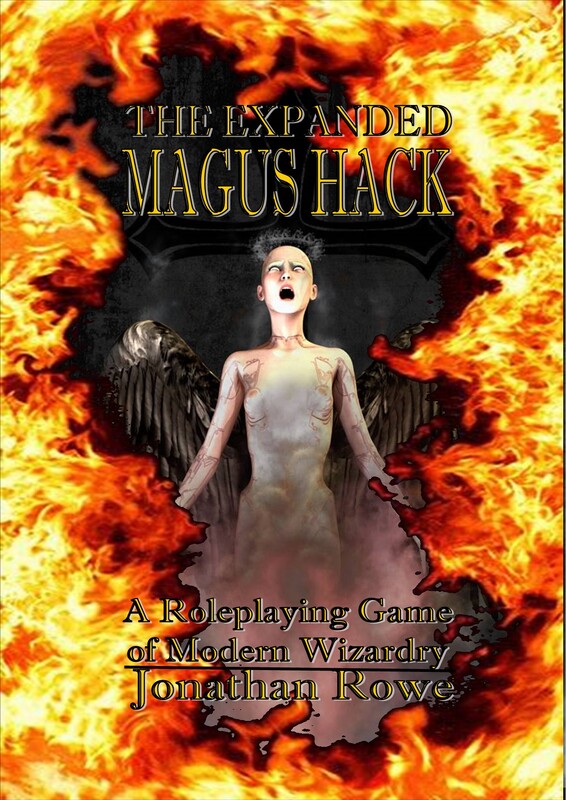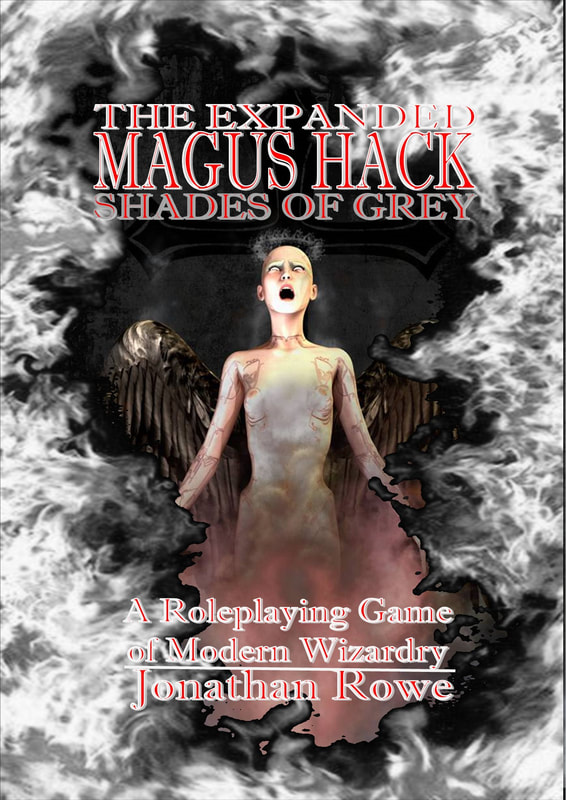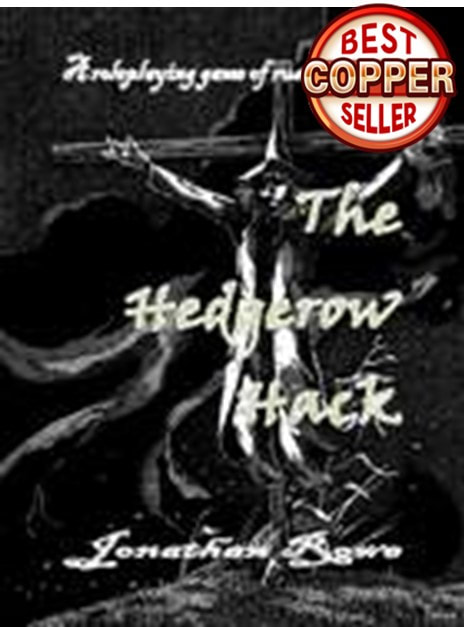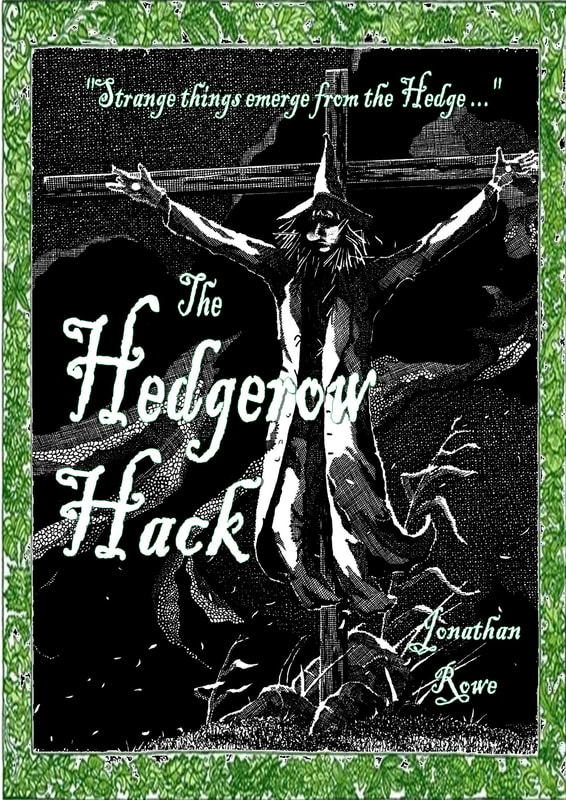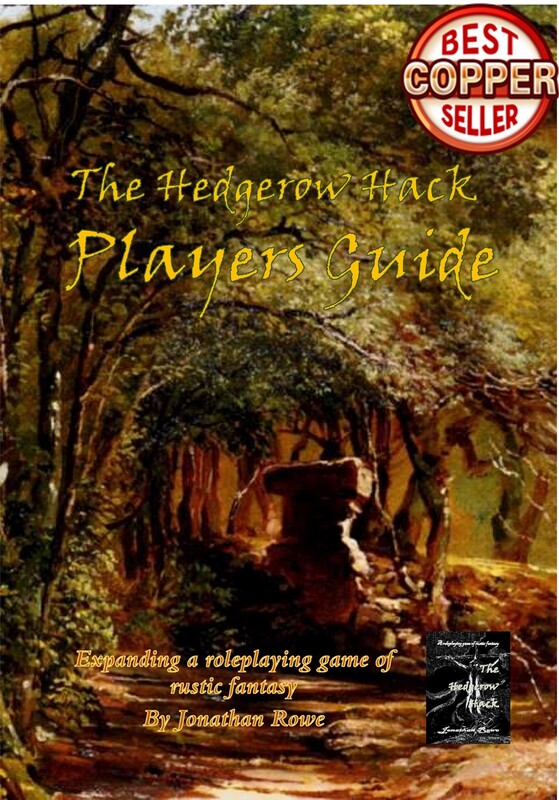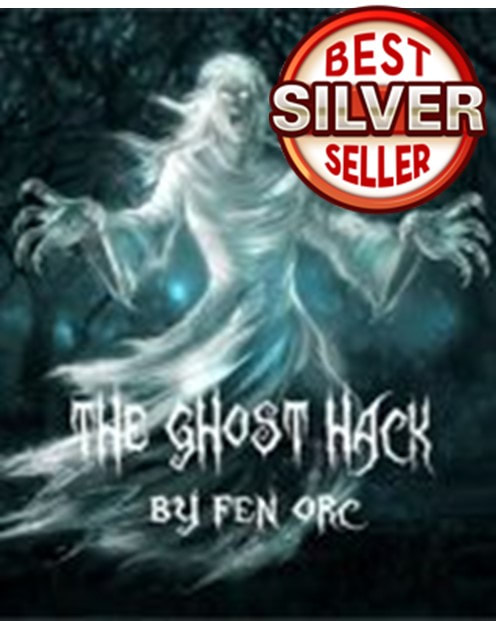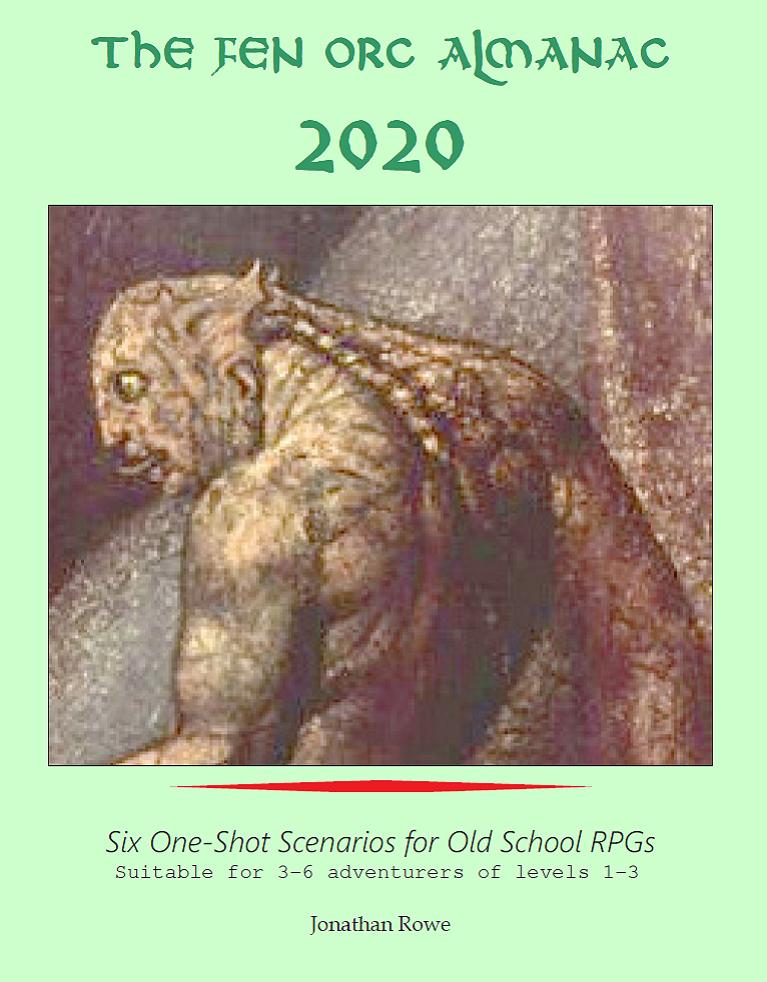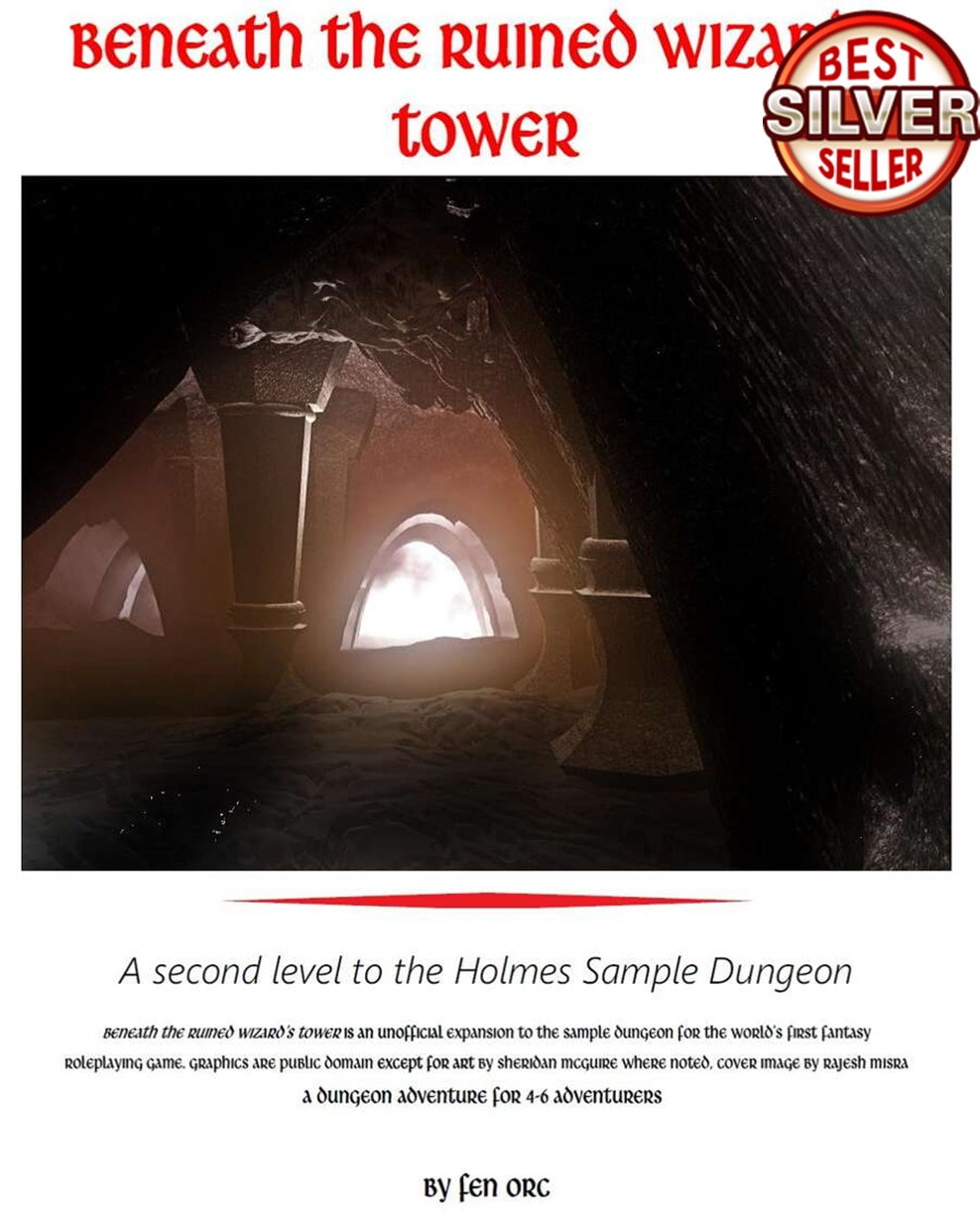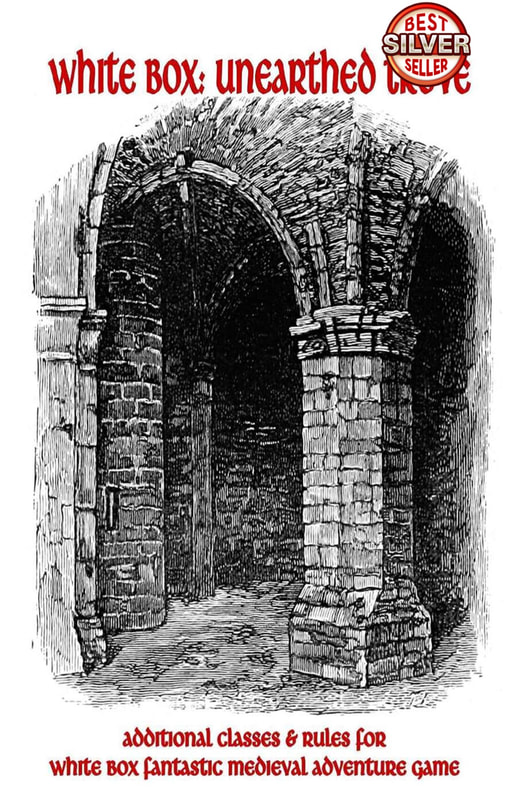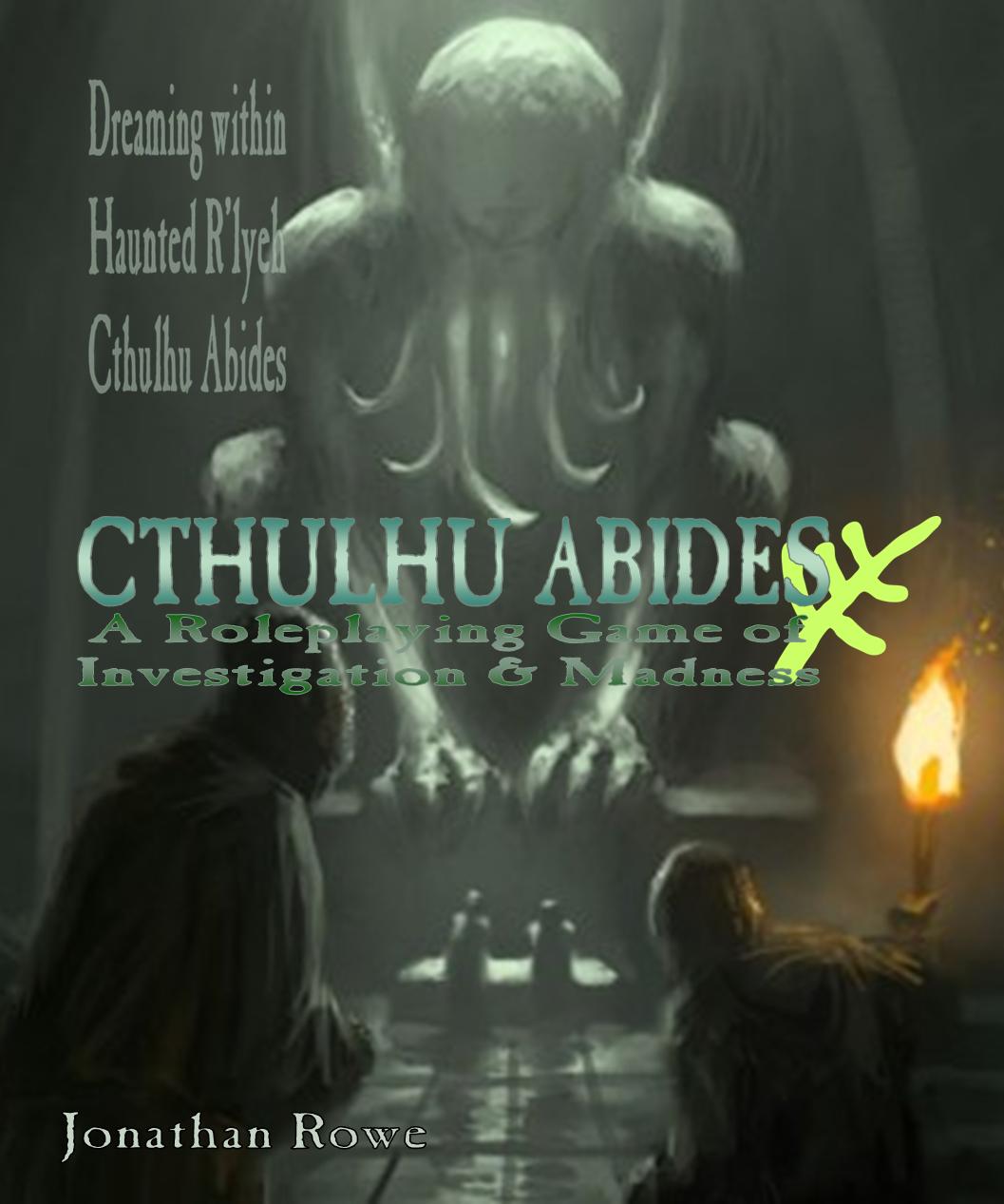|
It makes sense for the first blog to be a retrospective review of Forge Out Of Chaos. You can read about my involvement and the rules elsewhere on this site. The Kibbe brothers (Mike, Paul and Mark) published Forge Out Of Chaos in 1998 through their own independent company, Basement Games LLC (they really do seem to have worked in their parents' basement!). The credits page thanks "games guru" Marc W Miller (of Traveller fame) for his guidance in the production phase and a professional eye does seem to have been cast over the book's presentation. It's well laid out and clear, without repetition or contradiction. Of course, such presentation was still pretty basic compared to what the big companies were putting out in the '90s. Dark Sun and Planescape both wowed with their art. Many RPGs moved towards a mature, coffee-table sort of appearance. The sophisticated reticence of Vampire: the Masquerade, the endearing aesthetic of Everway and the plush pop art of In Nomine, all set Forge to shame, but we mustn't let the best become the enemy of the merely good. The other selling point of Forge was that the system was robust. It worked and it was easy to figure out. This must seem like faint praise, but the big budget In Nomine for Steve Jackson Games looked adorable and just popped with ideas but was maddening to figure out and the system barely worked at all. Vampire swept all before it with its Storytelling ethos and angst-ridden sensibility, but the rules system was GHOD (Great Handfuls of Dice) and the combat system creaked, with super-speed Celerity dominating all encounters. AD&D 2nd edition was still wedded to a disunified system of dice rolls, an absurd Armour Class mechanic and a maddening intersection of character classes and proficiencies. Compared to all of these murky cocktails, Forge is a tall, cold, clear glass of water. Not everyone saw it this way. Thomas Wilburn (1998) dismissed the game as a "waste of money" in a playtest review on RPG.net. Wilburn's analysis is over-hasty. For example, he complains about the pointlessness of determining characteristics with decimals when these decimal values are never used. But of course, they are used quite a lot. Several effects raise or lower characteristics by a few decimal points; Necromancers lose 0.1 from Stamina every time they create a new undead servant and 0.3 when they create powerful ones. The decimal points allow for fine effects, small benefits, gradual deterioration. Wilburn is particularly damning of the artwork, which "ranges from comical to ludicrous" and which he complains is "similar to those found in very early TSR products ... amazingly bad." I suppose he means the Original D&D books which used tracings of Marvel Comics art with swords added in! The art in Forge is nowhere near that shoddy. The 'macho Sprite' on p16 is a cringe moment, but the drawbridge battle splash on p 41 is full of drama and the arrow-riddled warrior on p25 causes me no pain. What the art does deserve credit for - and it was well ahead of its time here - is the absence of female nudity or 'chainmail hotties'. The elderly enchantress on p116 is very evocative and Dembria, the goddess of Enchantment, is curvaceous but very much a clothes-on sort of deity. Compare and contrast Morgan Ironwolf from the 1981 Basic D&D rules. Arms like pipecleaners but nipples so mighty you can see them through her chainmail. Is this what Forge is being held up against? Wilburn laments that "the writers took all the worst elements of AD&D (random character generation, restrictive character classes, component based magic system, unrealistic combat, and the list goes on) and didn't make any improvements." This is inaccurate: there are certainly improvements and Forge does NOT have character classes, but he spots one stand-out oddity: "it should never be easier to hit someone in a hectic combat situation with a bow and arrow ... than with a sword, whether or not they're paying attention or not." He's right, of course. Having created the distinction between DV1 (your shield and Awareness modifiers apply) and DV2 (no benefit from shield or Awareness), it's wrongheaded for the designers to declare that missile attacks target DV2. Surely shields are effective against arrows? That needs fixing. Some of Wilburn's punches land. He complains that there's no index. This is a presentational flaw. However, I must say I find the rules so clearly laid out I rarely wish to use an index: the only exception being tracking down Spell Points (they're described under the Magic Skill, not the Power characteristic that calculates them or in the Magic chapter itself). Curiously, Wilburn finds particular fault with the introductory text setting out Forge's mythology, wherein an absentee landlord demiurge named Enigwa (I like that name) leaves his divine children to fight over the world, creating monstrous races in the God-Wars, then returns to banish them, creating a sort of post-religious fantasy world. Wilburn thinks "mythology belongs in a background section in the main text, not at the very front where the reader has to wade through it just to get to the game" but he obviously wasn't reading many '90s RPGs: this sort of foregrounding of setting and mythology is one of the few ways - perhaps the only way - that Forge can be seen as an up-to-date '90s game. Thomas Wilburn's review doesn't read like it was based on a particularly rigorous read-through of the rules or a generous attempt to play the game, but he singles out the magic system for praise. A more positive review followed from Willard Bowzer (1999). If Wilburn went through Forge looking for problems, Bowzer sees only the good. Bowzer calls the layout "impressive" and commends the art as "a throwback to art of earlier rpgs," which is perhaps attributing too much to design choices but certainly admits of its charm. Bowzer sees Forge as "inspired" by D&D rather than shamelessly derivative, but the truth is somewhere in between. Among all the gushing, Bowzer recognises a couple of flaws. The character races are not well-balanced or even equally interesting. Cyclopean Ghantu will be popular with hack'n'slashers while Elves and Dwarves are very under--cooked. The monster bestiary is uninspired. Bowzer shares Wilburn's assessment that magic is the strongest component of the game, but points out that this rather contradicts the introductory flavour text, which states magic is rare. A consideration of Forge's setting will wait for another blog post; it can certainly be ignored for now. By far the most insightful critic to consider this game is Ron Edwards' (2002) blog on 'Fantasy Heartbreakers.' Edwards defines a 'fantasy heartbreaker' as an amateur/independent RPG that is "truly impressive in terms of the drive, commitment, and personal joy that's evident" but also "teeth-grindingly frustrating, in that, like their counterparts from the late 70s, they represent but a single creative step from their source: old-style D&D." He adds that, largely due to economic realities their authors fail to appreciate, these games are "doomed from the start." No one can criticise Forge's inclusion in this list. It is very much an attempt to "fix" D&D - or particularly, 1st edition AD&D - that shows very little awareness of other developments in roleplaying that took place in the late '80s and '90s, such as storytelling, the de-emphasising of combat, the focus on cultural and political context in place of aimless 'adventuring' and a new interest in 'dark' characters and stories. But why exactly should a game like Forge get on the '90s bandwagon in that way? Edwards deplores the absence of 'meta' elements. He means that Forge proposes characters who are rootless adventurers without family or lineage, with no involvement in politics or morality; that the rules do not accommodate play over years and no one is developing dynasties or exploring factions or building communities. It's not Pendragon or Ars Magica or even Rifts. Ron Edwards is quite right in his analysis, but it's only salient if you agree that such features are desirable in a decent RPG. Don't get me wrong: I like those features. I love the way The One Ring positions you in 'The Tale of Years' with a wider narrative taking place around you. I love stories that follow an epic arc and position the PCs as rulers, plotters, lovers, parents and rebels: people who are locked into their world and intimately involved with the rise and fall of its institutions. And yet, and yet... what about good ol' dungeon-bashing? I'll say more about this in a later blog post. Edwards concedes that, if you just want a fantasy dungeon raid, many of his 'heartbreakers' are exemplary products. He singles Forge out for particular praise for being "gleefully honest about looting and murdering as a way of life," saying that it's a game where "the very notion of doing anything that isn't treasure-seeking in a dungeon is completely foreign." This is a bit of an overstatement, but only a bit. The Kibbes produced a World of Juravia Sourcebook (2000) to place Forge in a developed fantasy setting, but the main rulebook makes few concessions to any of that. As it stands, Forge Out Of Chaos is a dungeon-bashing RPG, for creating characters who go down dungeons, grow stronger and then go down dungeons again. This was a pretty regressive ethos back in 1998, but things were shifting even by 2002. Wizards of the Coast promoted their Open Games License in 2000 and within a few years the Old School Revival was underway: Castles & Crusades came out in 2004, Lamentations of the Flame Princess in 2009, Monsters & Magic in 2013. A whole generation re-embraced Basic D&D with shonky art. Out went the meta and in came player agency within a structured dungeon setting. Whoosh. Could it be... that Forge was not 20 years too late, but rather 10 years too early? That would be ironic. I've been bitten by the Old School bug myself and I want to revisit some of the classic scenarios of my youth. I think Forge is the game to to it with. Yes, I could bring out tired old AD&D again, but I find its clunky systems aggravating. I could invest in one of the lean, shiny OSR RPGs but the time investment in mastering a new game irritates me. Forge is one of the original OSR games, so it seems appropriate to give it some legs again. Let the roars of the Ghantus be heard once more in the land!
0 Comments
Leave a Reply. |
30 Minute Dungeons
Essays on Forge
FORGE Reviews
OSR REVIEWS
White Box
THROUGH THE Hedgerow
Fen Orc
I'm a teacher and a writer and I love board games and RPGs. I got into D&D back in the '70s with Eric Holmes' 'Blue Book' set and I've started writing my own OSR-inspired games - as well as fantasy and supernatural fiction.. Archives
July 2024
Categories
All
|

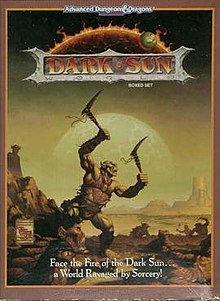
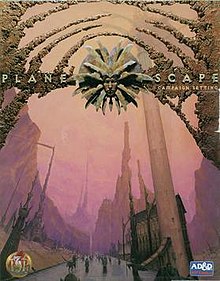

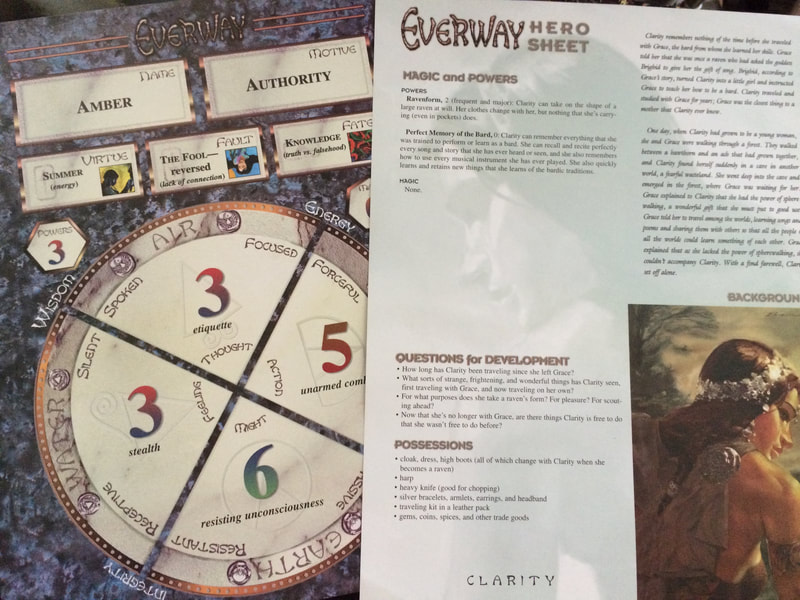
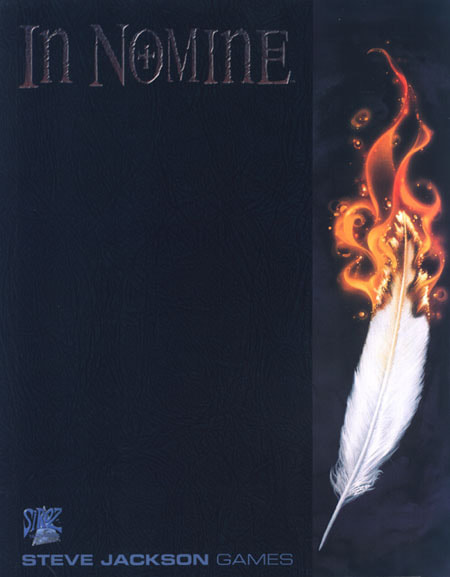
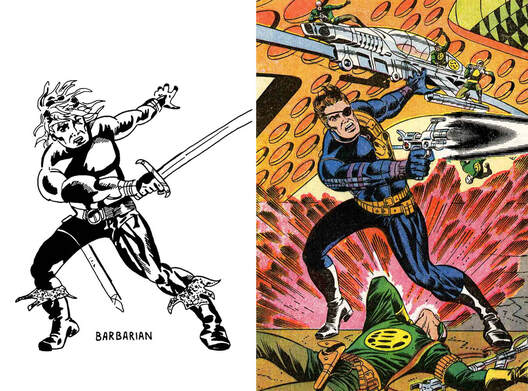
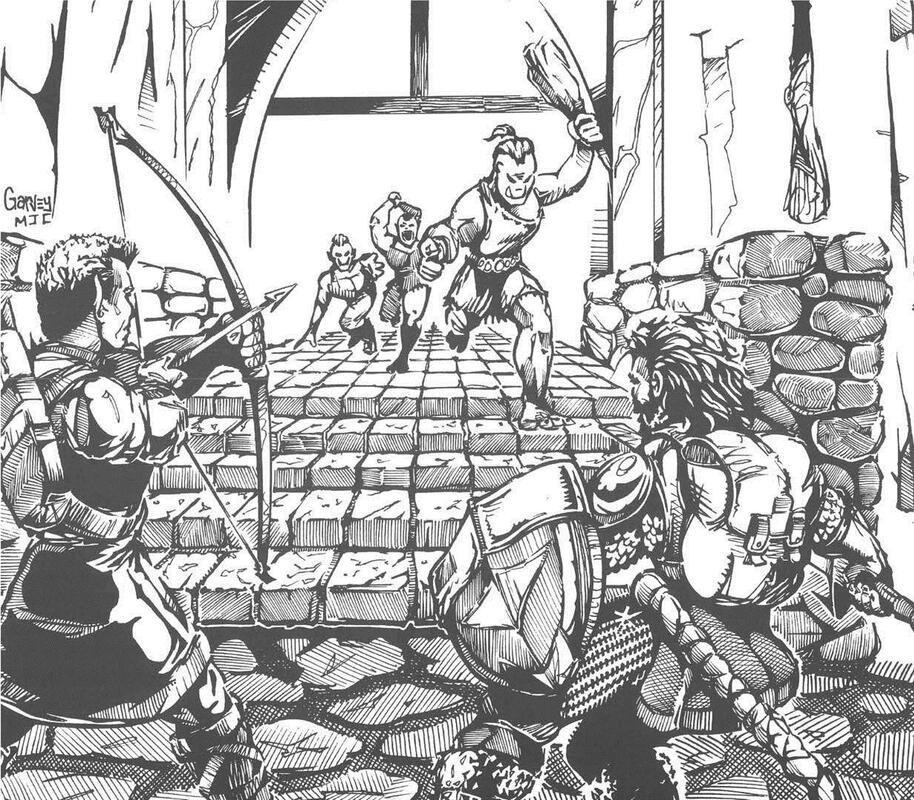
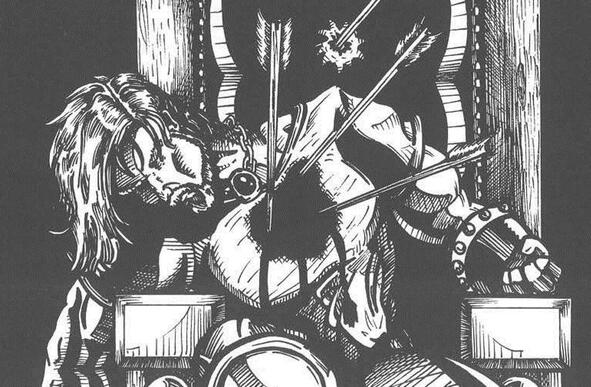
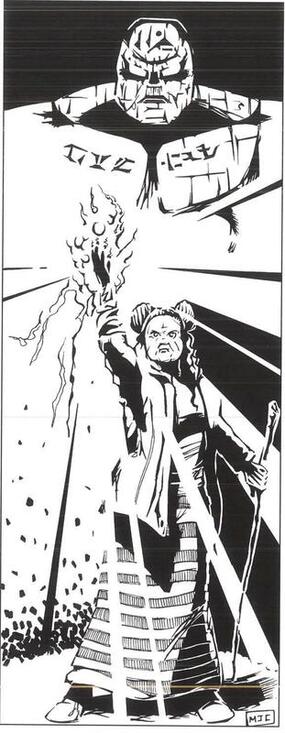
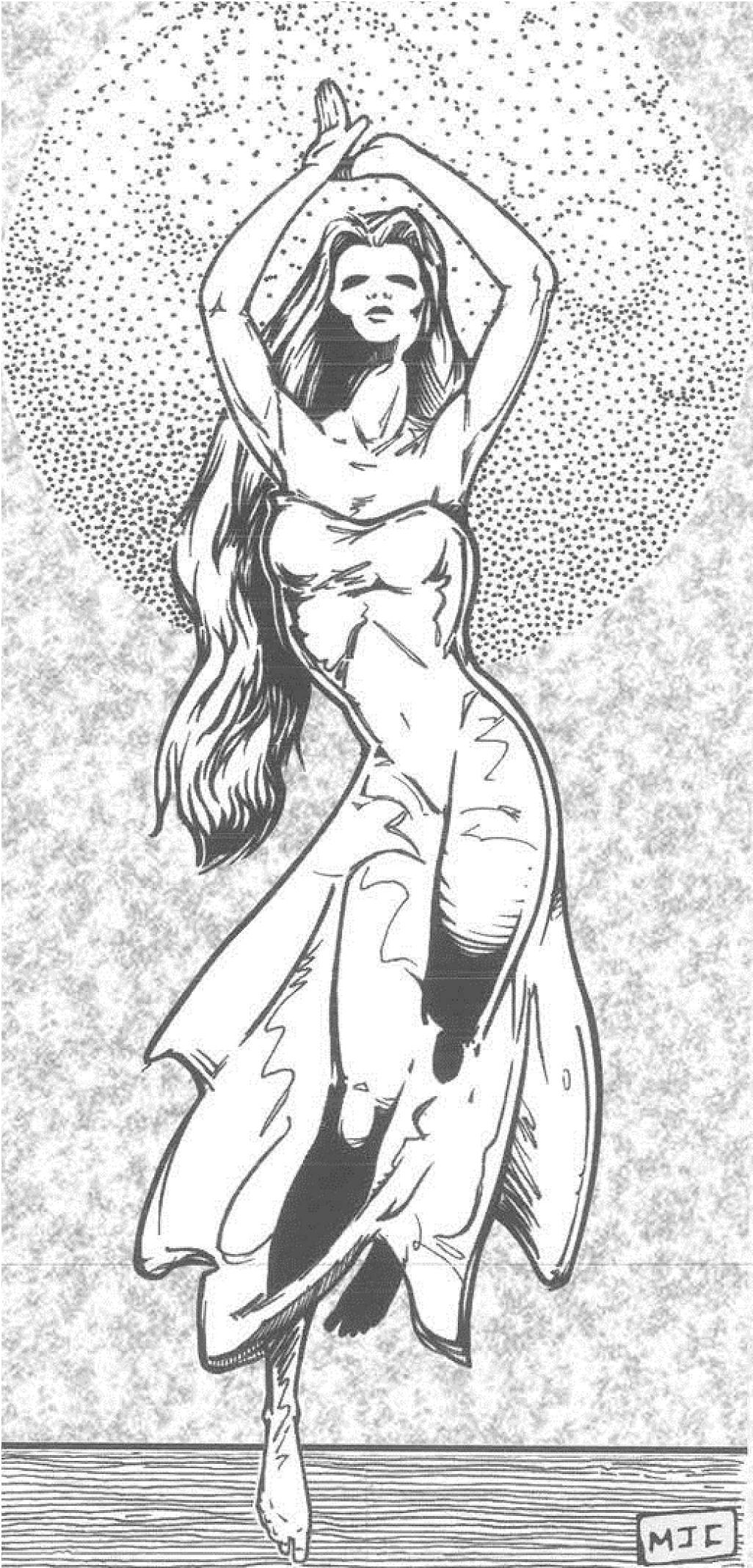
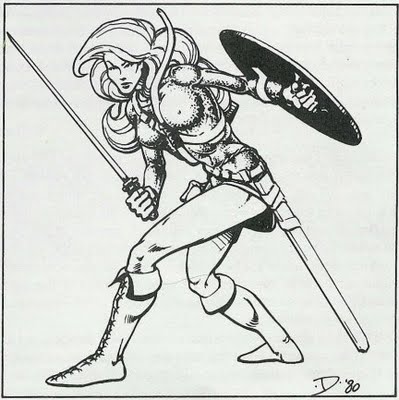
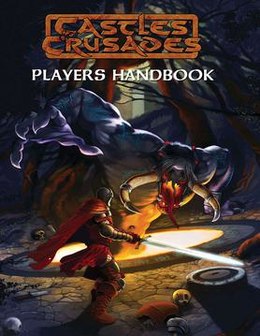
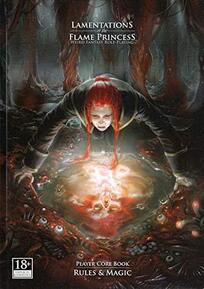
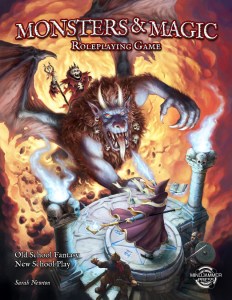

 RSS Feed
RSS Feed
